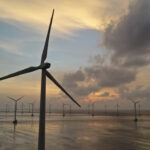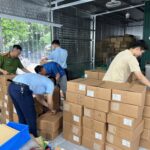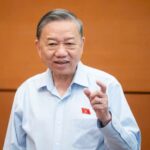Renewable Energy Prospects in Vietnam
Vietnam’s rapidly growing population and economy are driving an increased demand for energy. With economic growth forecasted at nearly 6% by 2024, far surpassing the global average and outpacing many other regional economies, the need for sustainable energy solutions is more crucial than ever.
The shift in global supply chains from China to Southeast Asia presents opportunities for Vietnam’s economy and facilitates investment in renewable energy sources.
Vietnam boasts a solid foundation in renewable energy, with installed energy capacity surpassing 46,000 megawatts (MW) by 2023, leading the region in total installed renewable energy capacity. The country has ambitious national commitments to build upon this foundation, targeting net-zero emissions by 2050. The Power Development Plan VIII (PDP8) aims for approximately 27% of wind and solar power generation by 2030, with around 50% coming from hydropower, gas, and other low-carbon energy sources.
This plan moves towards a complete phase-out of coal use by 2050, with gas-fired power plants transitioning to ammonia, hydrogen, and liquefied natural gas (LNG). Wind, solar, and hydropower are set to comprise the largest share of the total energy mix in the future.
Vietnam is also a member of the Just Energy Transition Partnership (JETP) and benefits from significant foreign direct investment (FDI), supporting the promotion of its low-carbon energy goals. The expansion roadmap for renewable energy production in Vietnam is expected to add an additional 26 gigawatts (GW) of wind and solar power capacity.
Strategies in Play
The Vietnamese government, along with EVN, is focusing on investing in grid infrastructure upgrades and supporting suitable energy storage solutions to facilitate the integration of renewable energy sources into the expanded grid, enhancing the system’s flexibility. Meanwhile, the recently finalized DPPA pilot and efforts towards market liberalization send positive signals to potential investors, although financial incentives within the virtual DPPA scheme remain a question to be addressed.
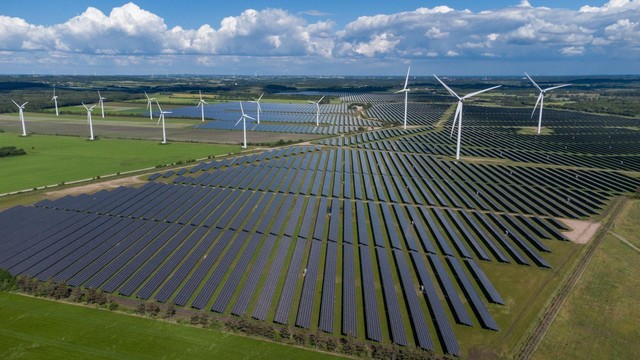
Offshore wind power is expected to become a priority for Vietnam after 2030, with promising export potential to other ASEAN countries.
Distributed solar power is emerging as an attractive opportunity due to its low capital costs and the existing role of localities in solar panel manufacturing. The growth potential of this market is further bolstered by demand from businesses.
The recently approved pilot mechanism for direct power purchase agreements (DPPAs) will significantly influence the interest in projects. This program allows large monthly consumers of over 500,000 kilowatt-hours (kWh) to purchase renewable energy directly from producers, facilitating the deployment of distributed solar power systems.
Vietnam has also set official targets to promote the growth of onshore and offshore wind energy, despite challenges related to grid capacity and congestion that may impact the anticipated timeline. Currently, the internal rate of return for renewable energy projects remains low, averaging below 5%.
Offshore wind power is expected to become a priority for Vietnam after 2030, presenting promising export opportunities to other ASEAN countries. For instance, Singapore’s energy regulator has approved the conditional import of 1.4 GW of low-carbon energy from Vietnam, mainly offshore wind, to address the country’s limited energy resources.
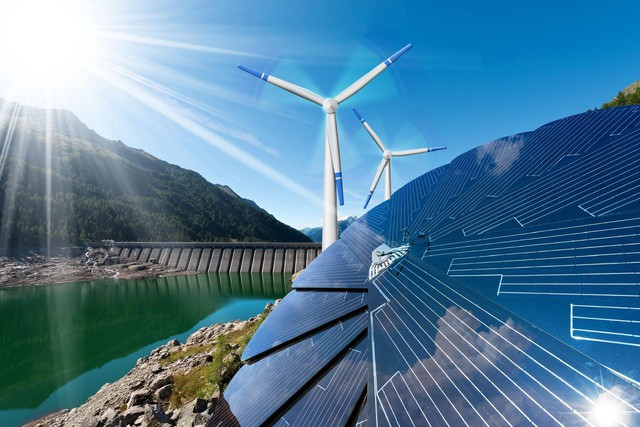
Wind, solar, and hydropower are set to comprise the largest share of the total energy mix in the future.
5 Proposals for Developing Renewable Energy in Vietnam
The vast potential and diverse drivers in the Asia-Pacific market, particularly in Vietnam, present unique opportunities and challenges for renewable energy developers, investors, and operators. These issues are explored in a recent report by Boston Consulting Group (BCG) titled, “Asia-Pacific is Ready for Renewables. Are the Players?”.
In the renewable energy transition journey in Vietnam and the Asia-Pacific region, developers and investors must have a long-term vision and the ability to adapt to diverse business environments.
BCG experts propose five critical factors to consider for a successful renewable energy development strategy in Vietnam:
First, focus on specific markets and technologies.
Second, establish local partner networks to access land and navigate the legal environment.
Third, diversify financing options to address challenges related to low profitability and increasing competition.
Fourth, navigate the supply chain by collaborating with local players and meeting localization requirements.
Fifth, enhance understanding of power purchase agreements to gain a competitive edge in bidding processes.
“Vietnam’s robust economic growth and strong commitment to energy transition create attractive opportunities for stakeholders in the energy ecosystem, laying a valuable foundation for the future development of this industry,” notes the BCG expert. “Stakeholders need to consider their roles and positions and prepare a solid foundation to seize the potential for accelerated growth in renewable energy technology in the future.”
Endless Power Source Remains Uninterrupted Despite Existing Power Shortage.
According to the Ministry of Industry and Trade, during the period from 2023 to 2025, it is necessary to put into operation approximately 19,000 MW of new electricity sources to ensure sufficient power supply.


























